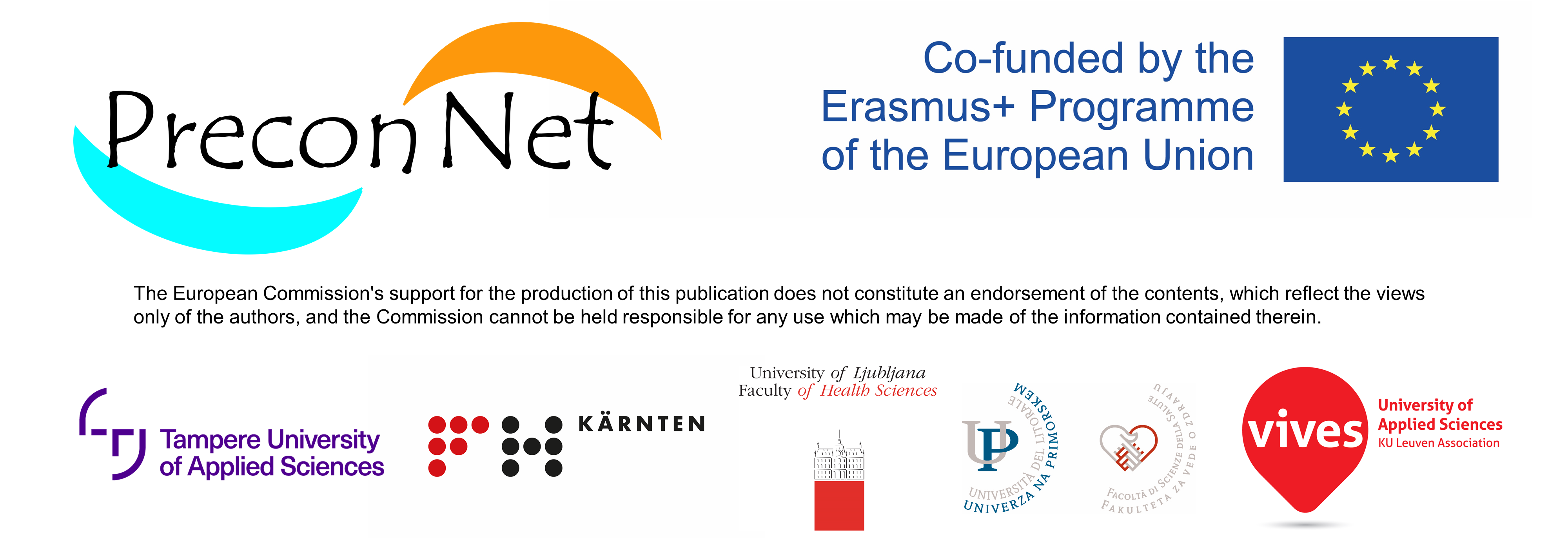PreconNet model for preconception health and care based on the honeycomb
One of the most aesthetically pleasing sights in nature is the structure constructed by bees to build the basis of their home, the honeycomb. Bees have discovered a way to build their home that serves them well. The most obvious and well-known reason bees build a comb is as a place to create and store honey.
PreconNet uses the honeycomb as a way to create story and store the knowledge concerning preconception health and care.
The iconic pattern is well known by everyone. So, using the honeycomb as the base of the Preconception Health and Care-model (PCHC-model) gives the project the benefit to use it as an easy communication medium.
The pattern of the PreconNet honeycomb model refers to the orderly pattern of the comb found in nature. The pattern is a symbol for utile structure and strength. This project organizes the huge amount of scientific literature concerning preconception and its influencing factors in a strong and comprehensible model.
“Why do bees create their comb using hexagons for each cell?”, a question which is often asked.
Hexagonal cells have many benefits. As in the natural honeycomb each individual cell of the PreconNet honeycomb model tells an own story. Behind every cell, the latest evidence on a topic related to and important to preconception health and care is bundled.
Another benefit of using hexagons is that hexagons can be combined leaving no gaps in between/without leaving any gap, as happens in the PreconNet honeycomb model. Each element of the PCHC-model is linked with the others.
A third benefit of using the honeycomb as the base of the model is the fact that building hexagons is a rapid and efficient way to build cells, every next cell can join easily. Evidence about preconception is growing exponential. Therefore, we choose as PreconNet for a honeycomb. So, our model can grow when new insights appear.
Much of the life of the bee is objective, focused and effective, just like the PreconNet project and the PreconNet teammembers (Tampere University of Applied Sciences – Finland, Carinthia University of Applied Sciences, Health Sciences and Social Work – Austria, University of Ljubljana, Faculty of Health Sciences – Slovenia, University of Primorska, Faculty of Health Sciences – Slovenia, VIVES university of applied sciences – Belgium). Like bees we, as an Erasmus + team, work closely together.
In the beehive there live three types of bees. Each type is adapted for its particular role. The members of the PreconNet team work complementary on the basis of their talents and expertise.
Magali De Pauw
VIVES university of Applied Science – Belgium

 Previous Post
Previous Post Next Post
Next Post



